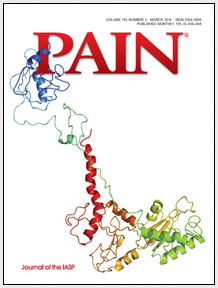
“The cannabinoid type 1 (CB1) receptor is widely distributed in the brain and peripheral organs where it regulates cellular functions and metabolism. In the brain, CB1 is mainly localized on presynaptic axon terminals but is also found on mitochondria (mtCB1), where it regulates cellular respiration and energy production. Likewise, CB1 is localized on muscle mitochondria, but very little is known about it. The aim of this study was to further investigate in detail the distribution and functional role of mtCB1 in three different striated muscles.
Immunoelectron microscopy for CB1 was used in skeletal muscles (gastrocnemius and rectus abdominis) and myocardium from wild-type and CB1 -KO mice. Functional assessments were performed in mitochondria purified from the heart of the mice and the mitochondrial oxygen consumption upon application of different acute delta-9-tetrahydrocannabinol (Δ9-THC) concentrations (100 nM or 200 nM) was monitored. About 26% of the mitochondrial profiles in gastrocnemius, 22% in the rectus abdominis and 17% in the myocardium expressed CB1. Furthermore, the proportion of mtCB1 versus total CB1 immunoparticles was about 60% in the gastrocnemius, 55% in the rectus abdominis and 78% in the myocardium. Importantly, the CB1 immunolabeling pattern disappeared in muscles of CB1 -KO mice.
Functionally, acute 100 nM or 200 nM THC treatment specifically decreased mitochondria coupled respiration between 12 and 15% in wild-type isolated mitochondria of myocardial muscles but no significant difference was noticed between THC treated and vehicle in mitochondria isolated from CB1 -KO heart. Furthermore, gene expression of key enzymes involved in pyruvate synthesis, tricarboxylic acid (TCA) cycle and mitochondrial respiratory chain was evaluated in the striated muscle of CB1 -WT and CB1 -KO. CB1 -KO showed an increase in the gene expression of Eno3, Pkm2, and Pdha1, suggesting an increased production of pyruvate. In contrast, no significant difference was observed in the Sdha and Cox4i1 expression, between CB1 -WT andCB1 -KO.
In conclusion, CB1 receptors in skeletal and myocardial muscles are predominantly localized in mitochondria. The activation of mtCB1 receptors may participate in the mitochondrial regulation of the oxidative activity probably through the relevant enzymes implicated in the pyruvate metabolism, a main substrate for TCA activity.”
https://www.ncbi.nlm.nih.gov/pmc/articles/PMC5078489/









